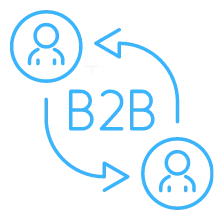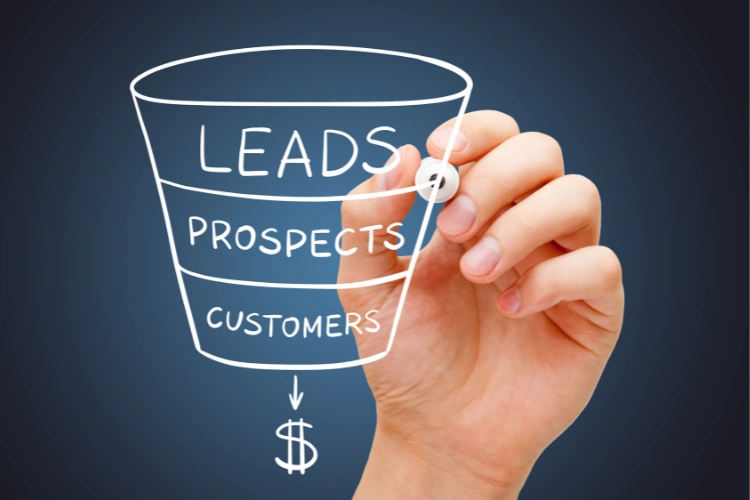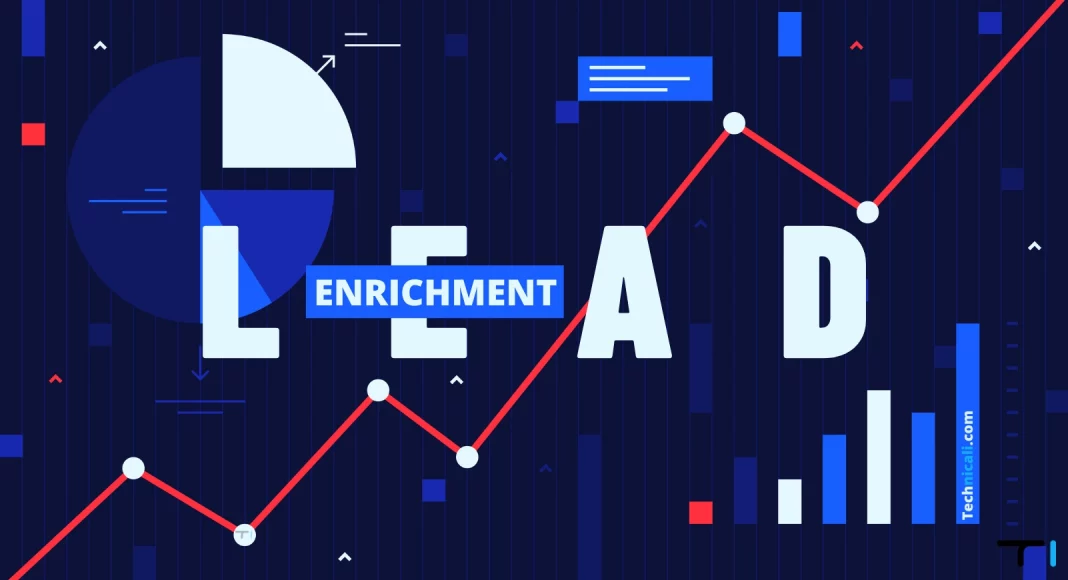As a young sales professional, Mark had always been told that the key to success was persistence. “If at first, you don’t succeed, try, try again,” his father would say. And so Mark did. He pounded the pavement day in and day out, pitching deal after deal to anyone who would listen. But no matter how many times he tried, he just couldn’t seem to close any deals.
The problem wasn’t that Mark wasn’t persistent; it was that he was too persistent.
He would keep pitching the same prospects over and over again long after they had already said no.
His colleagues started calling him “the dog with a bone.”
One day, after yet another unsuccessful pitch, Mark went home completely dejected. He was so discouraged that he decided to take a break from sales altogether. A few months later, when Mark’s friends asked him how things were going, he sheepishly admitted that he had taken a job at a local pet store selling bones for dogs.
It was then that Mark had his lightbulb moment. He realised that the key to sales success wasn’t persistence but understanding when to let go.
Mark went back to sales with a new perspective and quickly became one of the top performers in his company.
How did he do it?
By using lead enrichment – And that Mark is me.
Contents
How does lead enrichment work, and what are the benefits for sales teams?

Lead enrichment is the process of qualifying and routing leads by adding additional information to lead records. For example, you may have the names and email addresses of people who are from your block or went to an event put on by someone else. Lead enrichment gathers data such as company size, role, job description, industry, email address, and phone number; essentially, any data that helps your team enhance their outreach process for high-quality leads.
For sales and marketing teams, lead enrichment builds richer profiles of potential customers with high-quality, up-to-date data. Lead enrichment is data that gives your sales team enhanced insight into a prospective customer. With this data, sales reps can better understand how qualified prospects are and how best to interact with them so they can close the deal.
Lead Data Enrichment is adding key information captured in alternative data sources (i.e. product data, billing data, etc.) to create a complete picture of an individual customer or lead.
Enrichment data can come from internal (CRM data, ERP, website behaviour) and external (firmographics, intent data). Lead enrichment aims to provide sales reps and marketing teams with the context they need to have more informed conversations with prospects and customers.
When used correctly, the lead enrichment software can be an effective sales process for collecting company data points. Understanding when and how to use lead enrichment data can take your sales and marketing lead generation efforts to the next level.
Lead Enrichment Process

Before you plan to automate lead enrichment, it’s important to know the process and how it works.
The lead enrichment process can be divided into three steps:
- Data Collection: The first step is to collect data from various sources. This data can be collected manually or through automated processes.
- Data Processing: The second step is to process the data. This includes cleansing the data, enriching the data, and transforming the data into a format that can be used by your sales and marketing teams.
- Data Delivery: The third step is to deliver the processed data to your sales and marketing teams. This can be done through various methods, such as email, API, or webhooks.
After you enrich leads, it’s time to set up automated lead enrichment workflows and lead scoring models to make the process more efficient. Various no-code integration tools can do this in the market. Moreover, this doesn’t end there; various sales processes also need to be integrated, such as automatic lead assignment and lead routing, email drip campaigns, etc.
What is b2b Lead Enrichment?

B2B lead enrichment is taking unqualified leads and qualifying them further to determine whether or not they are a good fit for the company.
This is done by looking at factors such as the company’s budget, what the lead is interested in, and how they can be reached.
B2B lead enrichment differs from B2C lead enrichment in that it takes into account the fact that B2B buyers are usually more informed about what they want and need. As such, they require a more targeted approach to be convinced to buy from a particular company.
How do you get started with the lead enrichment tool, and what are some best practices to follow?’

Let’s understand what you need to do in order to Implement Lead Enrichment with your sales process and sales team:
1. Make sure your sales funnel is focused.

The best way to make your business grow faster is by reducing the amount of friction in your funnel. It can be done by getting to know your perfect customers and moulding your sales and marketing teams around them so that a customer journey is designed specifically for each target audience segment – from start to finish.
Then, focus on adding more enriched firmographic data points to each lead record so that you understand your prospects completely before they even enter your funnel.
For that, you can use lead enrichment tools to gain data about your most dedicated customers constantly. You can then use this knowledge to create an ideal customer profile(ICP).
This will be based on attributes like:
- Company location
- Size
- Annual Revenue
- Industry Verticals
- SIC/NAICS code
- Technologies Used
- Employee Count
Your ICP provides a central focus for all your sales and marketing efforts so that your whole team aims towards the same goal instead of working at cross purposes. When you’re clear from the outset what characteristics make up a qualified lead, you can put up triggers in your systems to automatically identify them when that characteristics appear.
To Summarise this point:
- Finding your perfect customer
- Developing and Updating your marketing and sales teams around them
- Creating an ICP
- Setting up triggers in your systems
2. Know what data to collect (and where to find it)

The next step is determining the relevant information points you need to collect for your target ICP. These will likely fall into one or more of the following categories:
- Firmographics: Company attributes like location, size, revenue, industry, etc.
- Technographics: The company’s technologies, including software, hardware, platforms, etc.
- Psychographics: Attributes that describe how people think and behave.
- Digital body language: Online behaviour that indicates someone’s level of interest in your product or service.
To build out a comprehensive ICP, you likely need data from all four categories for a meaningful lead segmentation and lead profile. However, your sales strategies should prioritise firmographics and technographic data, as these are generally the easiest to collect and can help you quickly disqualify leads that don’t fit your ideal customer profile.
3. Get more lead fills with lead capture tools for the sales team

If you want to increase the number of inbound leads coming into your system, you need to make it easy for them to raise their hand and say, “yes, I’m interested.” That means having lead magnets and lead capture forms on every page of your website and making sure they’re visible and easy to fill out.
It also means using lead capture tools that automatically populate form fields with information like a prospect’s name, email address, and company domain, so they don’t have to. Many popular marketing automation platforms have inbuild lead scoring capabilities; lead capture tools can also help you collect data points beyond the basics so you can start building out richer profiles on each lead from the moment they raise their hand and your sales rep builds meaningful relationships with them.
4. Qualify leads with enrichment data

Once you have a lead, it’s important to quickly decide if they’re worth your time. The goal is to identify qualified leads — the best match for your products or services — and get them into your sales pipeline as quickly as possible.
That’s where automating lead enrichment comes in. By automatically adding data points to each lead record, you can quickly see which leads match your ICP and prioritise them for sales follow-up.
5. Build out richer profiles with data enrichment

When you have a qualified lead, the next step is to build a richer profile so one can personalise interactions and better understand needs.
Lead enrichment data can help you fill in the gaps in your CRM data and provide more context about each lead. For example, if you know a lead’s title and company size, you can make an educated guess about their budget and level of influence within their organisation.
CRM and Lead Data Enrichment
Your sales and marketing teams rely on lead enrichment to speed up the qualification and routing processes.

CRM data enrichment sounds complicated, but it’s simply combining Internal CRM data with an external source(third-party data provider) to create a more robust profile of your customers.
CRM data is what you have on your customers from their interactions with your company. This data lives in your CRM system and contains information like customer names, contact information, demographic information, and purchase history.
CRM Enrich Lead Data processing can be used to improve your understanding of your current customers, nurture leads, personalise marketing messages, and identify new leads in your sales funnel. External data sources can help gather additional data, including information from public websites, social media sites, the census bureau, commercial data providers or other databases.
For example, imagine a company that sells home security systems. By enriching specific data with information about the age and location with the highest theft/crime rate, the home security marketing team can create targeted campaigns for people most likely to be interested in their product.
Data enrichment can also help you keep your CRM data clean and up-to-date. For example, if you know that a lead has moved to a new company or changed some major data point, you can update their record in your CRM to continue nurturing them through the buyer’s journey.
Lead data enrichment is an essential part of any sales and marketing strategy. By combining internal CRM data with external data sources, you can create richer profiles of your leads and customers, identify new potential customers, and keep your CRM data clean and up-to-date.
Data Enrichment happens when you include taxonomies, ontologies, and third-party libraries while processing data in the Big Data world. Once reliable and accurate data is analysed, organisations can offer better business choices and personalised consumer experiences.
Apart from that, it benefits businesses perform the following operations
- Establish a structure and order
- Discovering new and unique audiences
- More ways to upsell and Downsell
- Creating Rules, Sorting and Labeling which will help you with data operations.
- Investigate and process customer data easily
- This makes you more visible than your competition.
- Reduced customer churn rate
To achieve all of this, businesses need access to good-quality data.
The most common sources for gathering data are
- Public Sources: This includes government datasets (e.g. Census), social media (Twitter, Facebook), and open datasets (datasets that are made available for anyone to use without restriction)
- Commercial Sources: This includes data brokers (e.g. Acxiom, Experian) and market research firms (e.g. Gartner, Forrester)
- Internal Sources: This includes data collected by your organisation (e.g. purchase history, weblogs, CRM, ERP, Heatmaps, Google Analytics, and Webmasters).
- IoT and Sensor Data: This includes data collected by devices (e.g. RFID tags, GPS, weather stations)
- Dark Data: This is data your organisation has collected but never used (e.g. unstructured data, images, videos).
Closing Words
Enrichment of data is vital to understand your customers better. It helps businesses offer their customers better products, services, and experiences.
When choosing a data source for enrichment, it is important to consider the quality of the data and the cost of acquiring the data.
Public data sources are often free or low-cost, but the data quality may be lower than commercial sources. Commercial data sources are more expensive, but the data quality is usually higher. Internal data sources are usually the most accurate but may contain only some necessary information.

If you’re looking for a CRM that can help you enrich your incomplete or bad data, we’ve got you covered. Based on our market analysis, we’ve compiled a list of the top seven CRMs. These CRMs help you get the most out of your data enrichment efforts.

